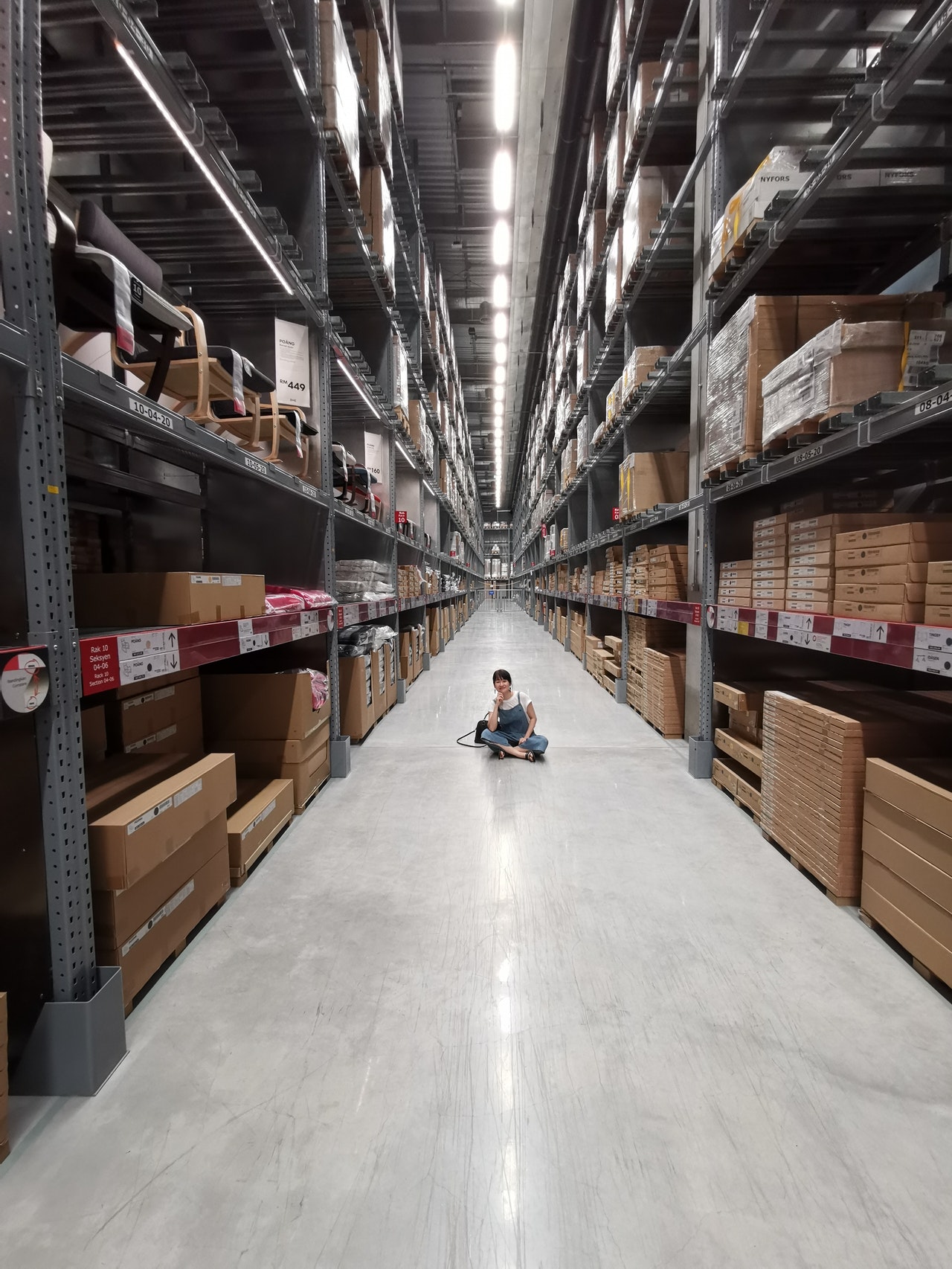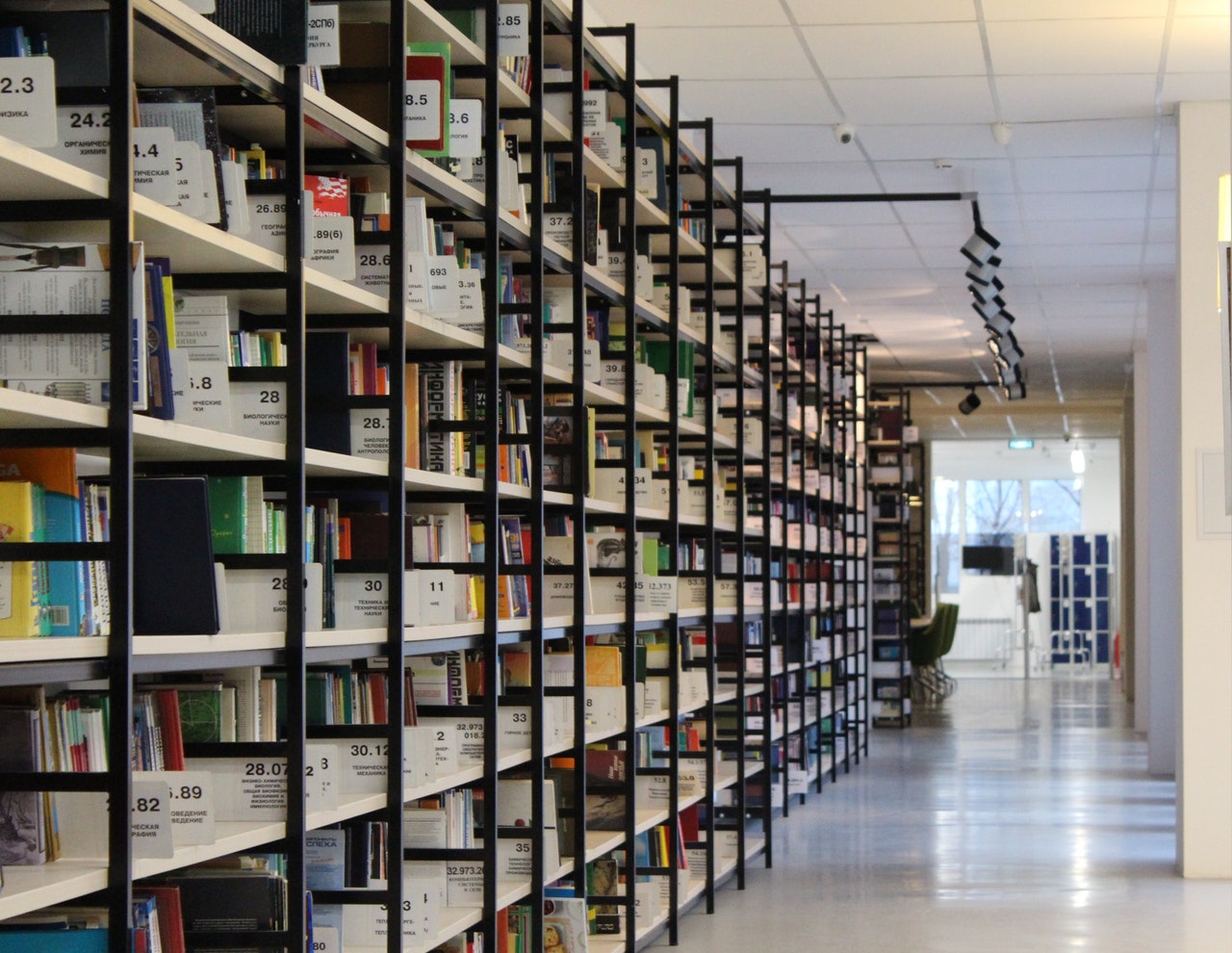Wholesale and retail businesses need to store and easily find quite a lot of goods and this isn’t just a matter of being tidy – their work depends on it. That’s why warehouses are one of the most important assets these businesses have and should be treated as such.
It’s not enough to have a large warehouse on a good location. You’ll also need to dedicate resources and time to organizing this warehouse in a way that makes it easier to account for and retrieve your goods.
The floor plan
The first thing to figure out about your warehouse is its floor plan. The floor plan will determine how much actual space you get to use and how it can be utilized. At first glance, it may seem best to have an open floor plan and thus all of the space, without wasting any of it on walls.
However, using walls to better organize and separate your goods may prove to be more useful overall than the additional space, you’ll have to give away. Also, there may be a need for offices and other facilities for your employees within the warehouse.
Consider the workflow
Before making any long term changes to your warehouse it’s best to use it for a while as it is. This is to see how the current design will affect your overall workflow. That will give you a chance to see firsthand how the warehouse is used when you receive and offload the goods.
It’s best if the design is created to meet the real life needs of the property. There are often bottle necks and problematic areas that appear during the movement of goods, and knowing where they are will allow you to design so that you can avoid them.

Technology
A modern business owning and operating a warehouse needs to consider the technology used to handle the goods that might lower the need for hiring labor. Using automated warehouse systems lowers the number of workers you’ll need to handle the goods, significantly. However, it also means that the laborers you do hire need to be experts in managing the warehouse.
These automated systems will both reduce work related injuries and cut down on shrinkage as much as possible. This should be taken into account when considering the price of installing a system.
Regular maintenance
It’s not enough to set up a design that will work alongside your needs; you’ll also need to actively work on the maintenance on the warehouse as well. This includes having a system for taking stock of the goods on a regular basis and making sure that you have a labeling system that allows you to clearly keep track of the goods.
It’s best if such tasks are completed daily- once before the start of the first shift, and once at the end of the work day. Having such detailed documents will allow the business to plan its budget more carefully and to never be out of stock.
Conclusion
A warehouse is one of the most important assets a retail business has in its disposal. It should therefore be designed to use the resource as much as it’s possible. This is best done by observing how the warehouse is used and designing based on its weak points.
It’s also useful to take advantage of the emerging technologies in this area. That will help you use less labor and keep your workers safer. In the end, the warehouse should be regularly maintained and operated by experts to keep it functional and productive.
